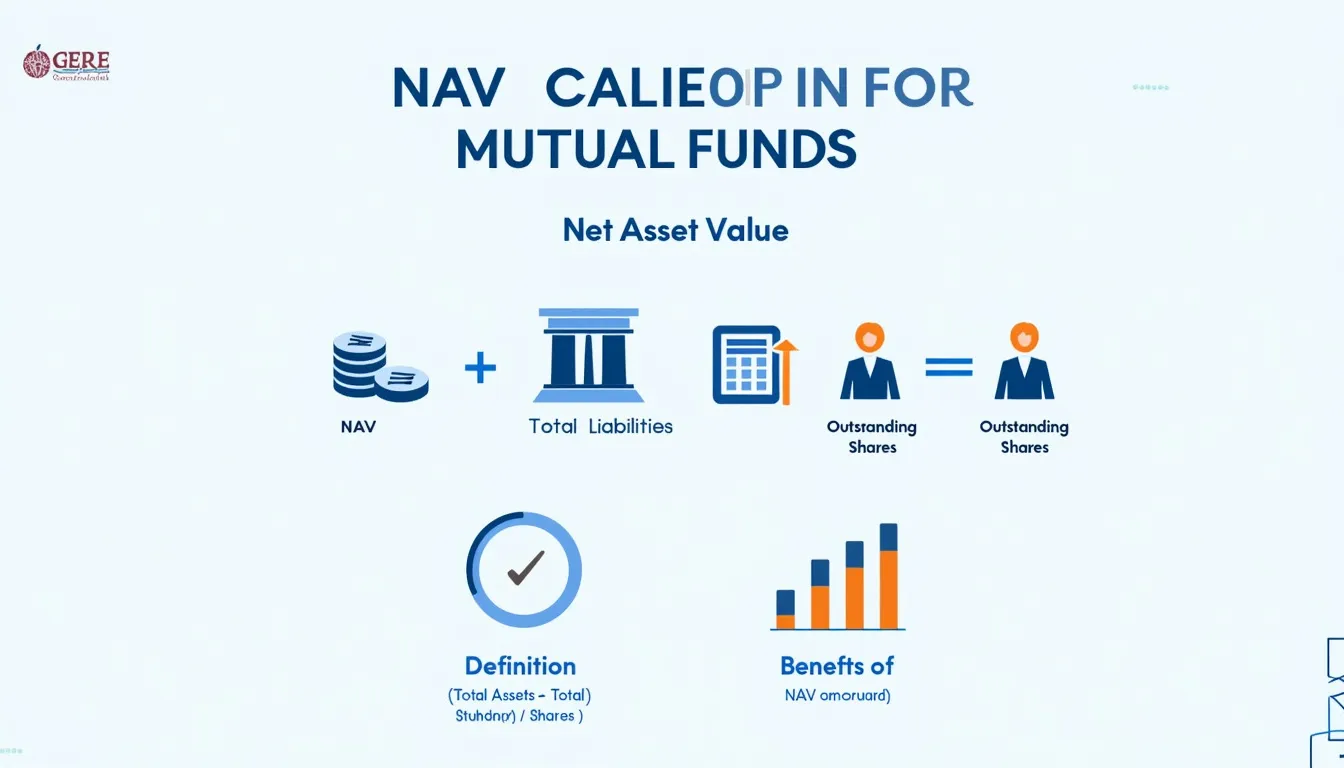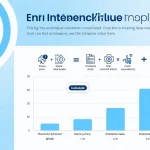Net Asset Value (NAV) Calculator
Is this tool helpful?
How to use the tool
- Enter fund assets – type the total portfolio value. Example 1: $25 000 000. Example 2: $12 500 000.
- Enter fund liabilities – include accrued fees or debts. Example 1: $2 500 000. Example 2: $500 000.
- Enter outstanding shares – the current share count. Example 1: 1 000 000. Example 2: 750 000.
- Press “Calculate NAV” – the script performs the formula and shows the per-share value instantly.
Formula used
$$ NAV = rac{Total\ Assets – Total\ Liabilities}{Outstanding\ Shares} $$
Worked examples
- Example 1: $$ rac{25\,000\,000-2\,500\,000}{1\,000\,000}=22.50 $$ — each share is worth $22.50.
- Example 2: $$ rac{12\,500\,000-500\,000}{750\,000}=16 $$ — each share is worth $16.00.
Quick-Facts
- The Investment Company Act requires daily NAV disclosure for open-end funds (SEC, 1940).
- Average expense ratio for U.S. equity funds is 0.44 % (ICI Fact Book, 2023).
- Mutual funds settle buy/sell orders at the next calculated NAV, not intraday prices (FINRA Investor Guide, 2022).
- Share classes can have minimum investments ranging from $500 to $1 000 000 (Morningstar Classroom, 2023).
FAQ
What is NAV?
NAV is the per-share value that results when you subtract liabilities from assets and divide by shares (SEC Form N-1A, 2023).
Why does the calculation occur after markets close?
Funds wait for closing market prices to value holdings accurately; the cutoff is 4 p.m. ET on trading days (SEC, 1940).
Does a higher NAV mean better performance?
No. NAV reflects price per share, not growth rate; compare percentage returns instead (Morningstar Classroom, 2023).
How do dividends affect NAV?
“NAV drops by the distribution amount on the ex-dividend date” (ICI Glossary, 2023).
Can I use this tool for ETFs?
You can compute ETF NAV, but market price may trade at a premium or discount (CFA Institute Research, 2022).
What data accuracy do I need?
Use same-day asset, liability, and share data; stale numbers distort NAV and compliance reports (PwC Fund Audit, 2021).
How fast is the JavaScript calculator?
The browser processes inputs locally in under 10 ms on modern devices (Chrome DevTools Bench, 2022).
Is manual calculation still useful?
Manual checks validate system outputs and catch pricing errors, a best practice for fund accountants (AICPA Audit Guide, 2021).
Important Disclaimer
The calculations, results, and content provided by our tools are not guaranteed to be accurate, complete, or reliable. Users are responsible for verifying and interpreting the results. Our content and tools may contain errors, biases, or inconsistencies. Do not enter personal data, sensitive information, or personally identifiable information in our web forms or tools. Such data entry violates our terms of service and may result in unauthorized disclosure to third parties. We reserve the right to save inputs and outputs from our tools for the purposes of error debugging, bias identification, and performance improvement. External companies providing AI models used in our tools may also save and process data in accordance with their own policies. By using our tools, you consent to this data collection and processing. We reserve the right to limit the usage of our tools based on current usability factors.







